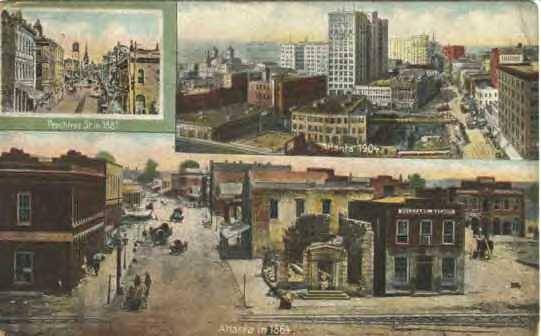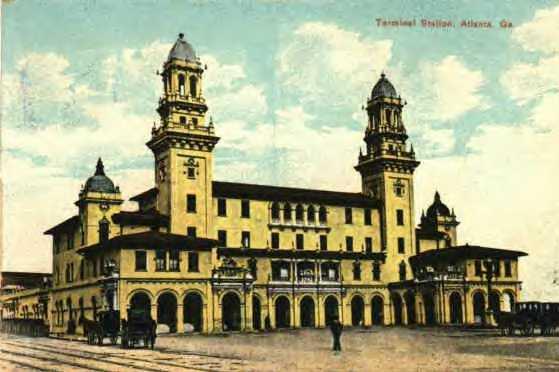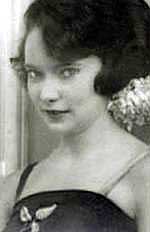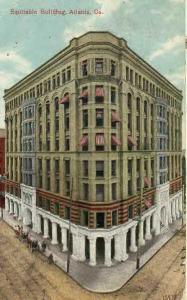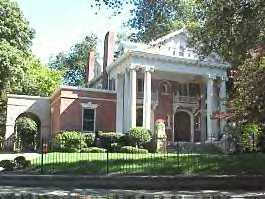|
ATLANTA A City Tempered by Fire
ATLANTA'S HISTORY: An Overview
Three views of Atlanta: A visit to Atlanta is a visit to the past. Not as far in the past as one might think, though. Just 150 years ago, the land that is now Atlanta belonged to the Creek and Cherokee Indians. The first settler, Hardy Ivy, built a cabin in 1833 on what had been Creek tribal land. Founded as a rail terminus in the 1830's, ante-bellum Atlanta quickly became the transportation hub of the South. It's manners and mores were more like the frontier towns of the Old West than the mint julep and magnolia cities of the Old South. But, its rough edges were smoothed by time and it became refined with southern charm. Atlanta has a proud and unique heritage and a past well worth preserving. It is a young city, even by American standards. Cincinnati, Charleston, Chattanooga, and New Orleans were all thriving cities before Atlanta was even a settlement. Early settlers were farmers and craftsmen from Virginia, the Carolinas, and the mountains of North Georgia. They obtained their land by lottery disbursement, and were hardworking, small landholders. They established churches and schools, traveled to nearby Decatur for "store-bought" goods, and marketed their cotton in Macon, 100 miles south. A few of their pre-Civil War homes, churches, cemeteries, and mills still exist in the Metropolitan Atlanta area. A stake driven into the red clay near what is now Five Points in downtown Atlanta marked the spot where connecting ridges and Indian trails converged. This was where the new railroad would run. The "zero milepost" today is marked by a plaque not far from that very spot in Underground Atlanta.
Atlanta Terminal Railroad Station - 1909 In the fourteen short years between the time that marker was driven into the ground and the start of the Civil War, Atlanta grew like the boomtowns of the West. Instead of mining, Atlanta struck gold in the rail lines. In 1837, the little settlement was named Terminus. It was renamed Marthasville in 1843 in honor of Governor Lumpkin's daughter. But two years later, prominent citizens decided that Marthasville was too bucolic a name for such a progressive city and the name was changed to Atlanta. Transportation was, and still is, the catalyst for Atlanta's growth and economic vitality. From the beginning, Atlanta attracted men and women of vision -- opportunists who had the foresight to provide the facilities that would make Atlanta the most vitally important city in the Southeast.
THE WAR YEARS Atlanta is a bright, aggressive city that was tempered by the fire of General William T. Sherman's Union Army on a warm September night in 1864. Its strategic importance was a large part of the reason it made such an inviting target for the Union Army that razed it during the Civil War. The city had four rail lines, a population of over 10,000 persons, 3,800 homes, and many foundries, mills, warehouses, shops, tanneries, banks, and various small manufacturing and retail shops. It became the supply and shipping center of the Confederacy. In short, it had all the facilities that made it necessary for Sherman to capture the city and destroy it.
The Battle of Atlanta as shown at Atlanta's famous "Cyclorama" General William Tecumseh Sherman began his march to Atlanta from Chattanooga in July 1864. After a series of battles and a month long siege of the city, Atlanta surrendered on September 2. The city was in flames, but not entirely due to Union shells. Retreating Confederate troops blew up 81 boxcars of explosives, creating the blaze made famous in the spectacular fire scene in the film "Gone With The Wind." Sherman ordered the city evacuated and all buildings of possible use to the confederacy destroyed. When Sherman began his march to the sea, only 400 structures were left standing. Atlanta was a ghost town of rubble and ashes. Nearly 10,000 people perished in the Battle of Atlanta. Only about 400 of the almost 4,000 homes and buildings remained standing. Many of those who died during the war were interred at Oakland Cemetery, now a revered place where visitors often come.
Margaret Mitchell Famous author of "Gone
With the Wind"
Margaret Mitchell's gravesite at the historic
Oakland Cemetery POSTWAR GROWTH The city was still smoldering when Atlantans returned and started rebuilding. The spirit that made Atlanta the hub of Southeastern commerce -- the confidence in Atlanta's future -- was stronger than ever. Five years after the holocaust, Atlanta was rebuilt and had more than doubled its prewar population. Since the Battle of Atlanta had effectively wiped out most of the city's ante-bellum architecture, Atlanta was rebuilt in the various Victorian styles popular in that era. Sadly, few of the fine white-columned mansions in downtown Atlanta were left intact by the war. From the end of the Civil War through the 1890's, Atlanta experienced rapid growth. The city developed along the rail lines and around the depot. The railroads continued to be the cornerstone of Atlanta's economy through this period and into the automobile age and through World War II, when emphasis shifted to truck and air travel transport. In 1891, suburban patterns developed along the lines of the electric streetcar.
The Equitable Building At the same time, several major private developers emerged. Joel Hurt built Atlanta's first "skyscraper," the eight-story Equitable Building, still standing today. He also built Inman Park, Atlanta's first planned residential suburb. Inman Park was actually designed by landscape gardener, Joseph Johnson. The design is faithful to the natural terrain, with curved streets developed around open park areas. Inman Park, whose homes are more beautiful than ever, is a not-to-be-missed part of any Atlanta tour. It is listed on the National Register of Historic Places. Without so many beautifully detailed old structures, Atlanta would be Anywhere, USA - a skyline of high-rises, round and square, prestressed concrete and mirrored glass sameness.
Callen Castle in Atlanta's oldest community, Inman
Park, Atlanta is the capitol city of the Southeast, a city of the future with strong ties to its past. The old in new Atlanta is the soul of the city, the heritage that enhances the quality of life in a contemporary city. Without these artifacts of our culture, Atlanta would simply not be Atlanta. Even now, with a population close to 4 million, Atlanta has never become a city too busy to care. Is it any wonder that Atlanta chose to adopt "The Phoenix" as its symbol? The mythical Phoenix died by fire only to rise again from the ashes of its death. And so it was with Atlanta. Sherman's flames that were meant for destruction instead brought ashes of renewal. Wasn't it Margaret Mitchell's book, "Gone With the Wind" that reminded Atlanta that "Tomorrow is another day?"
Copyright 2002 by Faye Martin Disclaimer: We have tried to make the information on this website as accurate as possible, but it is provided "as is" and we accept no responsibility for any loss, injury or inconvenience sustained by anyone resulting from this information. You should verify critical information with the relevant authorities.
TCF Atlanta | Wall of Memory | Newsletter
Web Page Copyright 2020- TCFAtlanta.org |
